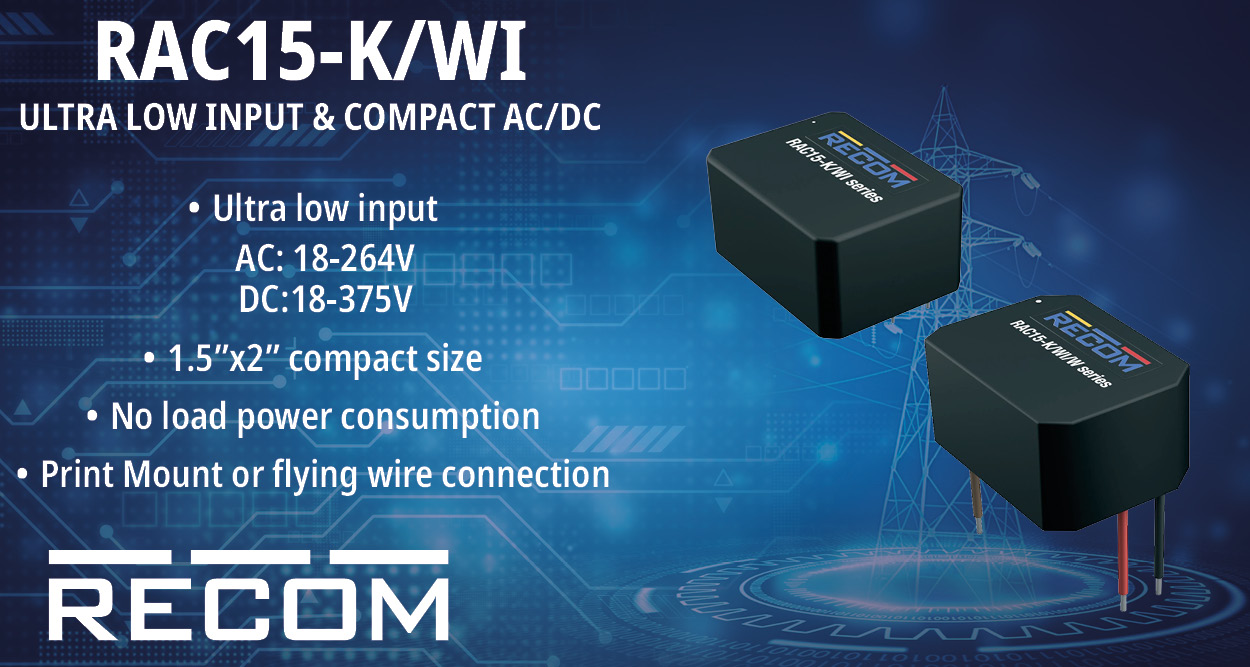The global electric powertrain market was valued at approximately USD 110.01 billion in 2024 and is projected to grow around USD 463.49 billion by 2034, growing at a compound annual growth rate (CAGR) of 15.5% from 2025 to 2034.
Impact of COVID-19
The COVID-19 pandemic significantly disrupted the automotive industry, leading to a decline in electric vehicle (EV) sales due to factory shutdowns, supply chain interruptions, and reduced consumer spending. However, the pandemic also accelerated the adoption of EVs as governments implemented stringent emission regulations and consumers became more environmentally conscious.
Regulatory Drivers
Governments worldwide have introduced stringent emission standards to combat climate change. For instance, Europe has set an emission limit of 95 g/km by 2020, with an additional reduction of 37.5% by 2030, resulting in a limit of 59 g/km. Similarly, North America has set the emission limit to 99 g/km following Corporate Average Fuel Economy (CAFE) standards for passenger vehicles until 2025. These regulations are driving Original Equipment Manufacturers (OEMs) to increase the sales of electrified vehicles to meet emission targets and avoid penalties.
Technological Advancements
Innovations in battery technologies have enhanced the competitiveness of electric vehicles over conventional internal combustion engine (ICE) vehicles by providing increased range on a single charge. Batteries constitute a significant portion of the total cost of electric cars, and their cost has reduced significantly due to technological advancements, production process optimization, and economies of scale. With the price expected to decline over the forecast period, EVs are expected to reach a Total Cost of Ownership (TCO) parity, paving the way for mass-market penetration of electric vehicles.
Regional Insights
Asia-Pacific: Asia-Pacific is projected to dominate the electric powertrain market, accounting for over 55% of the global market share in 2024. The region’s growth is attributed to the dominance of China in the electric vehicle market, growing subsidies for EV manufacturers, and the increasing focus of companies on expanding EV production in the region.
Europe: Europe is projected to register the highest CAGR of 16.0% during the forecast period. The region’s growth is driven by increasing investments by leading automotive OEMs in the research and development of electric vehicle technology, the development of stringent greenhouse gas emissions regulations, and the presence of several EV manufacturers.
North America: North America is experiencing growth in the electric powertrain market, supported by increasing EV infrastructure investments and favorable government policies in the U.S. and Canada.
Challenges
Despite the positive growth trajectory, the electric powertrain market faces challenges such as the high initial purchase cost of electric vehicles compared to their gas-powered and hybrid counterparts. Additionally, the market is impacted by the growing price sensitivity of customers during economic downturns. Moreover, Europe, which is one of the most prominent regions for the adoption of electric vehicles, is witnessing a decline in the sales of electric cars due to economic uncertainties and supply chain disruptions.
Segmental Insight
Type Analysis
Battery Electric Vehicles (BEVs):
In 2024, BEVs lead the electric powertrain market, capturing 57% of the total revenue share. BEVs produce zero tailpipe emissions, making them a top choice for eco-conscious consumers and a key solution for meeting stringent environmental regulations. With fewer mechanical components and the convenience of home charging, BEVs require less maintenance and have lower operating costs. As charging infrastructure continues to expand, BEVs are becoming increasingly practical and widely adopted across the EV industry.
Hybrid Electric Vehicles (HEVs):
HEVs combine a traditional internal combustion engine (ICE) with an electric drivetrain, offering improved fuel efficiency and performance over standard ICE vehicles. HEVs utilize electric power to varying extents and come equipped with technologies such as:
- Regenerative braking, which captures kinetic energy and converts it into stored electrical energy (also used in BEVs),
- Start-stop systems, which reduce emissions by turning off the engine when idling,
- An onboard electric generator, powered by the ICE, which charges the battery and supports the electric motor.
HEVs do not typically rely on external charging sources. Notable models include the Toyota Camry Hybrid, Ford Fusion Hybrid, and Honda Civic Hybrid.
Plug-in Hybrid Electric Vehicles (PHEVs):
PHEVs are a subcategory of HEVs that can be recharged via external power sources. They offer an electric-only driving range of approximately 20 to 50 miles (30 to 80 km), ideal for short city commutes. For longer trips, they can switch to gasoline or diesel power. Popular PHEVs include the Toyota Prius Prime, Chevrolet Volt, and Honda Clarity.
Fuel Cell Electric Vehicles (FCEVs):
FCEVs represent another type of electric vehicle, using hydrogen fuel cells instead of large batteries to generate electricity. These vehicles emit only water vapor and warm air, offering an environmentally friendly alternative with greater energy efficiency than traditional ICE vehicles. However, the high cost and limited availability of hydrogen fuel remain key challenges to widespread adoption.
Component Analysis
Battery Pack:
In 2024, battery packs account for 63% of the electric vehicle component market revenue. Most use lithium-ion cells due to their high energy density, allowing substantial energy storage in a compact space. Battery packs also include a Battery Management System (BMS), which safeguards the system by preventing overcharging and over-discharging, ensuring safe and efficient operation.
Power Electronics Controller:
This segment holds a 13% revenue share in 2024. Power electronics controllers play a vital role in managing and converting electrical energy within an EV. These components ensure that power is delivered in the correct form and amount, regulating functions such as speed and acceleration through processes like pulse width modulation. Devices like silicon-controlled rectifiers (SCRs) switch power rapidly to control motor function.
Motor/Generator:
Motor/generator systems account for 9% of the market. As motors, they provide propulsion; as generators, they capture braking energy and convert it to electricity. The growing adoption of BEVs and HEVs is driving demand for these components. Manufacturers are increasingly forming partnerships and joint ventures to meet the rising need for advanced motor/generator systems.
Converter:
Converters represent 3% of the revenue share. They step down the high-voltage DC from the battery to a lower voltage to power auxiliary systems such as lighting, infotainment, and climate control. These systems integrate various power electronics including semiconductors, capacitors, and diodes. In some designs, converters are integrated into a power distribution module (PDM) that also includes a charger and junction box.
Transmission:
With a 7% revenue share in 2024, EV transmissions are typically single-speed due to the nature of electric motors. However, some manufacturers, like Porsche with the Taycan, are exploring multi-speed transmissions to enhance performance and efficiency. Innovations in this area include powershift and coasting capabilities.
On-Board Charger:
This segment contributes 5% of total revenue. On-board chargers convert AC from the electrical grid into DC to charge the vehicle’s battery. These systems communicate with both the vehicle’s control unit and external charging stations to manage the flow of electricity, and often include cybersecurity measures for secure operation.
Electric Powertrain Market: Regional Analysis
Asia-Pacific: Market Leader in Electric Powertrains
The Asia-Pacific electric powertrain market was valued at USD 66.87 billion in 2024 and is projected to reach approximately USD 305.92 billion by 2034. The region’s dominance is largely driven by a surge in electric vehicle (EV) adoption in countries like China, Japan, and South Korea. Key growth factors include:
- Strong government support and environmental regulations
- High population density, leading to increased pollution and traffic congestion
- Rapid urbanization, prompting the need for cleaner, more efficient transport
- Aggressive EV policy implementation and incentives
These efforts are fostering a robust ecosystem for electric mobility, positioning the Asia-Pacific region as a global leader in electric powertrain innovation and deployment.
North America: Driven by High EV Penetration and Infrastructure
In 2024, the North American electric powertrain market was valued at USD 12.68 billion, with forecasts suggesting growth to USD 58.02 billion by 2034. Growth in the region is fueled by:
- Strong presence of key players like Tesla, Ford, and Chevrolet
- Widespread deployment of EV infrastructure, particularly Electric Vehicle Supply Equipment (EVSE)
- Growing consumer interest in sustainable transport options
The United States continues to lead the region’s transition to electric mobility, underpinned by both public and private investments in charging networks and clean energy vehicles.
Europe: Sustained Growth Backed by OEM Investment
The European electric powertrain market was valued at USD 28.82 billion in 2024 and is expected to grow to USD 131.86 billion by 2034. Several factors contribute to this sustained growth:
- High EV adoption rates in countries such as Norway, the Netherlands, France, and Sweden
- Strong policy frameworks supporting decarbonization and clean transport
- OEM innovation, particularly from Germany’s automotive giants such as BMW AG, Volkswagen AG, and Audi AG
Europe’s mature automotive industry, coupled with consumer demand for eco-friendly vehicles, continues to drive demand for electric powertrain components and technologies.
LAMEA: Emerging Market with Rapid Growth Potential
The LAMEA (Latin America, Middle East, and Africa) electric powertrain market was valued at USD 6.92 billion in 2024 and is forecast to reach USD 31.65 billion by 2034. Though still developing, the region is showing strong potential due to:
- Growing environmental awareness and government-led green initiatives
- Emerging local EV manufacturing and assembly operations
- Strategic partnerships and joint ventures, such as:
- Horse (a Geely-Renault joint venture) supplying extended-range electric powertrains to Brazil’s Lecar
- EVM Africa assembling EVs in Kenya for the COMESA region
In Dubai, government initiatives are accelerating EV adoption, with the Dubai Electricity and Water Authority (DEWA) projecting EV numbers to grow from 7,331 in 2023 to 12,852 in 2025.

















